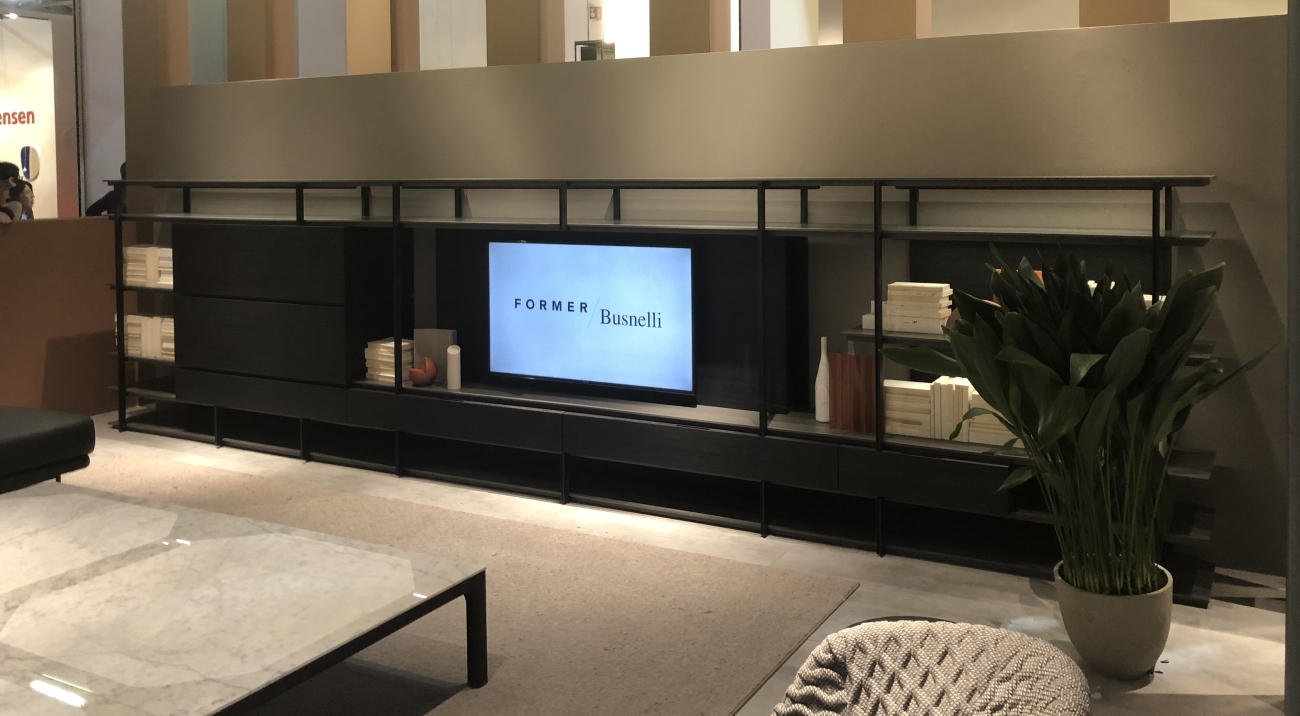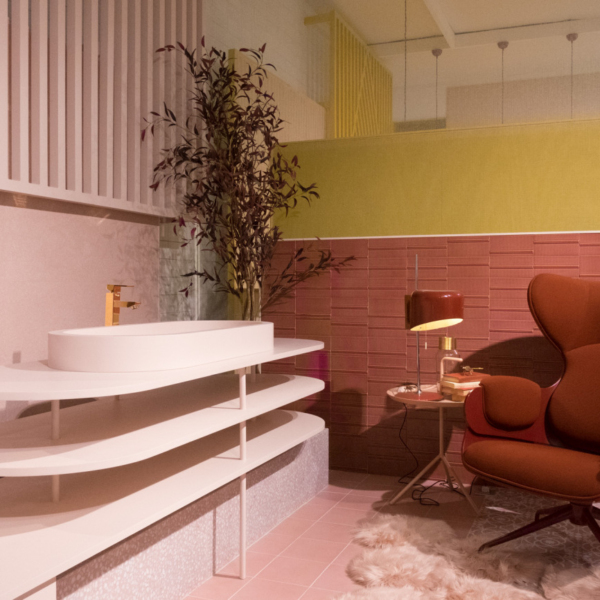Televisions are an essential part of modern life, but they are not always attractive. There are stylish ways to add a television to your room without detracting from its chic design. Integrating a television into a room presents its own set of challenges, such as where to hide the cords and how to conceal the TV’s gaping black screen, yet not including it in the room’s design is at odds with how many people relax in the space.
The challenge here is to strike the right balance between design and function. Fortunately, you do not have to choose between style and functionality. These ideas will help you add a television in a way that is aesthetically pleasing and allows maximum enjoyment.
Stylish Ideas for How to Add a Television
Most people have a television in their living areas. Some people proudly display it, while others wish they could conceal it like their other guilty pleasures. Whatever your preferences, interior designers have devised clever ways to make a television a more integrated part of a room’s design.
1. Concealed in a Cabinet

Hiding a television in a cabinet is an effective way to keep a room looking clean and uncluttered. This approach allows you to use the television when you want while remaining discreet when you do not want it to be the center of attention. This is particularly effective if you use the room as a formal gathering place for public events that are unrelated to television. It enables you to design the room around a more architectural focal point, such as a fireplace or a grouping of windows.
Some people prefer freestanding cabinets, whereas others may want custom cabinetry in a specific area, such as above the fireplace mantle. Cabinets make it simple to conceal cords and frequently provide additional storage in a room.
2. Make it Part of a Gallery Wall Display

Integrating a television into a gallery wall can be a creative way to blend technology and art. It is also excellent for making your TV less obvious. Plan the gallery wall to accommodate the specific size of your television.
Choose a few pieces that are around the general size or just smaller than your TV so that it doesn’t stand out. Vary the size and color of the other pieces to give your wall more visual interest. Choose a TV with a simple frame, and mix and match the frames of the other pieces. Incorporate pieces of 3D wall art to add some texture to the arrangement. Be sure to hide any cords from the TV inside the wall to maintain its appearance as wall art when not in use.
3. Hide it on a Dark Wall

There is a common strategy called hiding in plain sight, and this TV concealment idea utilizes this method. For this idea, paint the wall or a section of the wall where the TV is located a dark color, like charcoal, brown, black, or deep blue.
Choose a dark colored TV frame that closely matches or blends with the wall color to seamlessly integrate the TV into the wall color. When the TV is off, the black screen will disappear into the dark background. Incorporate other dark colored furniture into the room design to create more balance in the room.
4. Add it to a Bookshelf

Hiding a television among books is both effective and practical. It gives you more control over the placement and height of the TV than those displayed above mantles. Displaying a television on a bookshelf allows you to soften its appearance by surrounding it with books and decorative items. Use a mix of differently sized and colored objects around the TV to create a personalized and dynamic display.
Adding a TV to a bookshelf works best when the shelves are adjustable, ensuring a perfect fit for your TV or any TV you have in the future. If you need to position your TV for better viewing, consider a pull-out shelf integrated into the bookshelf. Hide any cords with cable ties, clips, or in-wall conduits. This will keep the television display clean and cord-free.
5. Display on a Long Console Table

You can minimize the impact of a television by displaying it on a long console table and balancing it with other decorative items. Before you create your console table arrangement, opt for a slim or small TV, which can be more easily integrated into the overall design. Position the TV on the side of the console rather than in the middle, which helps to maintain the console table as a central focal point.
Balance the TV with other decorative elements, like a tall sculpture or large pieces of wall art that you can place on the other side of the console. Consider placing the TV on a swivel mount so that you can position the TV for the most comfortable viewing experience.
6. Add Wall Texture

You may not be able to hide your television, but you can make it look more stylish by adding architectural texture and interest to the wall where it sits. You can accomplish this in a variety of ways, including popular wall paneling ideas such as shiplap or incorporating reclaimed wood planks.
This method can be tailored to any house style or wall. Wood is an excellent material for creating texture on walls, but you can also use brick, stone, plaster, and textured wallpaper, depending on your style and room design.
7. Distract With Wallpaper

Make the TV a less prominent feature of your room design by creating a more visually appealing focal point with wallpaper. Wallpaper is an excellent way to add dynamism to your room’s design in a small area. Wallpaper can be used to create a focal point on one wall or to provide more complete coverage throughout the room. Either method will draw attention away from the television being displayed.
To most effectively distract from the TV, choose bold or intricately patterned wallpaper. You could also opt for a darkly colored wallpaper to blend with the color of the unused television.
8. Conceal Behind Sliding Doors

Hiding a television behind sliding doors is popular because it is a convenient and easy way to hide and display a TV as needed. One of the simplest door options for this method is to use doors that slide along an outer rail. This method is versatile because it allows you to mount any size door on the outside of a structure rather than having to fit the doors within a cabinet.
9. Add Wall Shelves

Floating wall shelves do not hide televisions, but they do provide an inclusive context, making the TV less visible on the wall. You can accomplish this effectively using a variety of arrangements.
For a symmetrical and balanced design, mount the TV in the center between floating shelves on either side. You can also arrange the shelves and TV asymmetrically. In this case, aim for a cohesive design by balancing the visual weight of the wall using the TV and floating shelves.
10. Make the TV Look Like a Window

Transforming the TV into a window “look-alike” is an excellent strategy in a room filled with windows. The method works best if the TV is displayed on a wall with fewer solid elements, such as a white background, and more natural colors and open spaces.
Choose a frame that mimics the style and color of the window frames in the room. Display realistic landscape scenes while the TV is not being used. Surround the TV with natural materials such as wood, stone, and greenery to help it blend in with the surrounding environment.
11. Keep it on the Lowdown

Displaying your television at a lower level allows you to reduce its visual impact in the room. This is because it is not within a standing person’s direct line of sight. You can also more easily integrate a TV into your other decor when it is at a lower level in the room. Keeping the TV low also minimizes its visual impact because it allows other room elements to take center stage, such as a fireplace, wall art, or statement furniture.
This arrangement also has practical value. Many televisions in today’s homes are mounted above the fireplace mantle, resulting in an uncomfortable viewing angle that can cause neck pain. The center of the TV should be at the eye level of seated viewers for optimal viewing height.
12. Go Minimal

Minimizing the elements around the television will not make it less visible, but it does create a cleaner and more streamlined aesthetic. This works well with modern and contemporary interior designs. Begin with a slim or frameless TV that complements the room’s clean design. Display just the TV on the wall or a console without any surrounding elements. Choose smart storage solutions to keep your personal items organized and reduce visual clutter, which would detract from the minimalist aesthetic.


